Five Finger Rule for Literacy

No sensible person would attempt to teach their child to read using books designed for adults. If the child can not recognize one word on each line of the page, we intuitively know that this book would be a frustrating experience for their child. Such a book is not an example of comprehensible input.
If you have never had children, you may not be familiar with the 5 Finger Literacy rule. It is a guide that is taught to children participating in an extensive reading program. A school provides a large library of interesting children's books. Each week, every child is encouraged to find 3-4 books they will enjoy reading. If the books are easy, the child is not learning; if the books are hard, the child has a difficult reading experience. Children are taught the 5 finger rule. Open to any page of the book, and count with one hand the number of words you don't recognize. 5 fingers, or 5 unknown words, suggest the book should be put back. One unknown word suggests the book is too easy. Ideal comprehensible input sits within the 2-4 finger range.
If we apply this simple rule to the field of biblical language literacy, some simple but helpful observations are possible:
Most Biblical Greek textbooks do not utilise comprehensible input as part of their teaching methodology. Typically students are instructed to memorize a set 10-20 words, and are provided short sentences to practice using these unknown words.
Seminary Biblical Greek programs generally don't use comprehensible input as part of their reading strategy. School children bringing home 3-4 short books per week will read more than 100 short stories with pictures each year. In my seminary program we practiced 10-20 short sentences per week in the first year. In second year we practiced translating perhaps ten medium difficulty texts per semester.
Jumping directly from a first semester program of Biblical Greek, into daily or weekly reading of the Biblical Texts in Greek is possible. Many people have used this approach with success. However this skips the comprehensible input stage which we intuitively know our children need. It seems to me that there is room for improvement.
Recommended Readers
We don't yet have a wide variety of colorful enjoyable practice material to ease the transition from short sentences to short stories. But progress has been made in recent years. Here are some suggestions for people who are looking for comprehensible input to improve their reading skills.
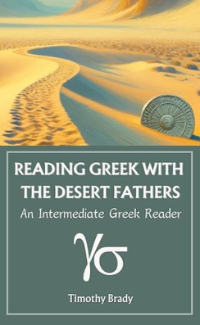
|
Reading Greek with the Desert FathersTimothy BradySimplfied versions of real stories passed on to us about the Desert Fathers from the time of the early church. Timothy has done an excelent job at simplifying these stories. Available in print form a PDF is available for free for students with limited resources. I found these stories interesting to read, and valuable to reflect upon. Amazon |
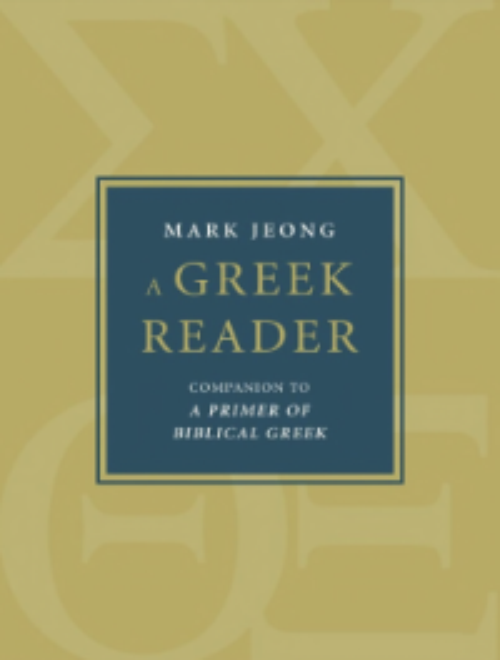
|
A Greek Reader: Companion to A Primer of Biblical Greek.Mark JeongA series of short stories that are reasonably accessible for any person who has completed completed Scripturial or one year of Biblical Greek at seminary. Amazon |
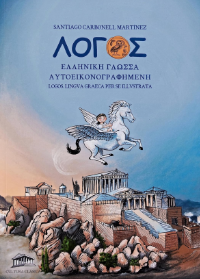
|
Logos. Lingua Graeca: Λόγος. Ἑλληνική γλῶσσαSantiago Carbonell MartínezA sequence of short stories designed for complete beginners. The focus is Ancient Greece, along with its legends and Gods, but the content is simple enough that it is valuable for students of Biblical Greek Amazon |
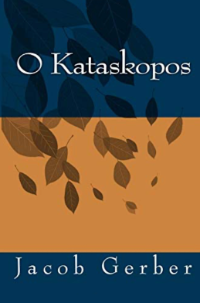
|
O Kataskopos (The Spy)Jacob GerberThis short story about the life of a spy has been carefully put together using only 218 words. If you are looking for something a little different to read, this is well worth considering. PDF Amazon |
Honourable Mentions
Books that are definitely worth reading. These books are a little more difficult for people who have just finished Scripturial or a first year Biblical Greek program.

|
An Epitome of the New TestamentMaurice Balme, Gilbert Lawall, and James MorwoodA free (public domain) summary of the four gospels into one condensed narrative. Easier than reading the New Testament Gospels directly. In my opinion it is worth reading at some point, however I am not convinced it is that much easier than jumping straight into John's gospel. Given that it is now free, I recommend considering this reader at some point. archive.org |
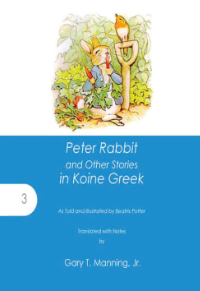
|
Peter Rabbit and Other Stories in Koine GreekGary ManningThis Glossa House resource is a good source of fun Koine style text alongside pictures. Due to the specialised vocabulary, the number of unknown words peri page would break the five finger rule for a student with one year of study. One or two simpler "pre-readers" could ease the transition into this book. Glossa House |
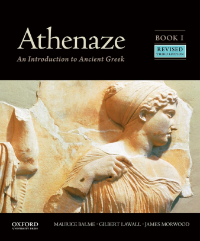
|
Athenaze, Book I: An Introduction to Ancient GreekMaurice Balme, Gilbert Lawall, and James MorwoodThis textbook presents a series of stories, myths, and legends designed for students interested in Ancient Greek and Greece. You will encounter vocabulary in this book that is less common in the Greek New Testament, but more common in in the LXX. Athenaze has a difficult learning curve, and would not meet the five finger rule for Biblical Greek students, but it does provide valuable practice content. Amazon |
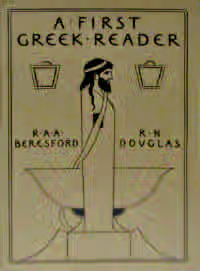
|
A First Greek ReaderBeresford and DouglasA series of thematically designed lessons. Begins with short sentences and grows into short stories. Easier to use than Athenaze, especially if you are already familiar with the the myths and gods of ancient Greece. The downside of this book is that it is focussed on Ancient Greek related themes and ideas. But it is completely free, and contains some illustrations. archive.org |
You might also like the list of readers from The Patrologist, Zack Skrip.